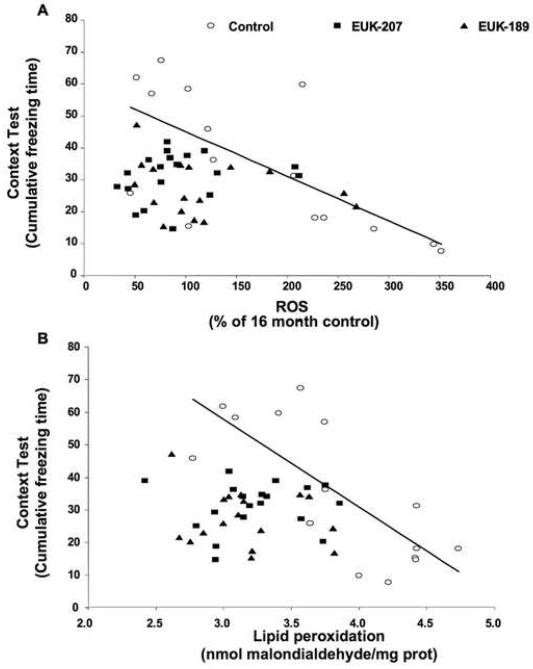Figure 6. Correlation between performance in the contextual fear conditioning task and brain levels of free radicals and lipid peroxidation.
Individual data for contextual fear conditioning and brain free radical content (A) or lipid peroxidation (B) were plotted for 16-month-old control mice, 23-month-old vehicle control mice, and 23-month-old EUK-189 and EUK-207 treated mice. Free radical content was expressed as percentage of 16-month-old control value (A) and levels of lipid peroxidation were expressed as nmol malondialdehyde equivalent per mg of protein (B). Contextual fear conditioning performance was calculated as percent time the mouse expressed freezing behavior during the 8-min observation period for context minus the percent time the mouse expressed freezing behavior prior to training (A & B). Regression lines were plotted for the control animals and analysis indicated a significant negative correlation between contextual fear conditioning performance and brain free radical content (Pearson’s correlation coefficient ρ= −0.68, p = 0.0054, n =15) (A) and lipid peroxidation levels (Pearson’s correlation coefficient, ρ= −0.76, p = 0.0011, n =15) (B). No significant correlation between performance in the contextual fear conditioning task and brain levels of free radicals or lipid peroxidation was observed in 23-month-old EUK-189 (n =17) and EUK-207 (n =19) treated mice (A & B).

